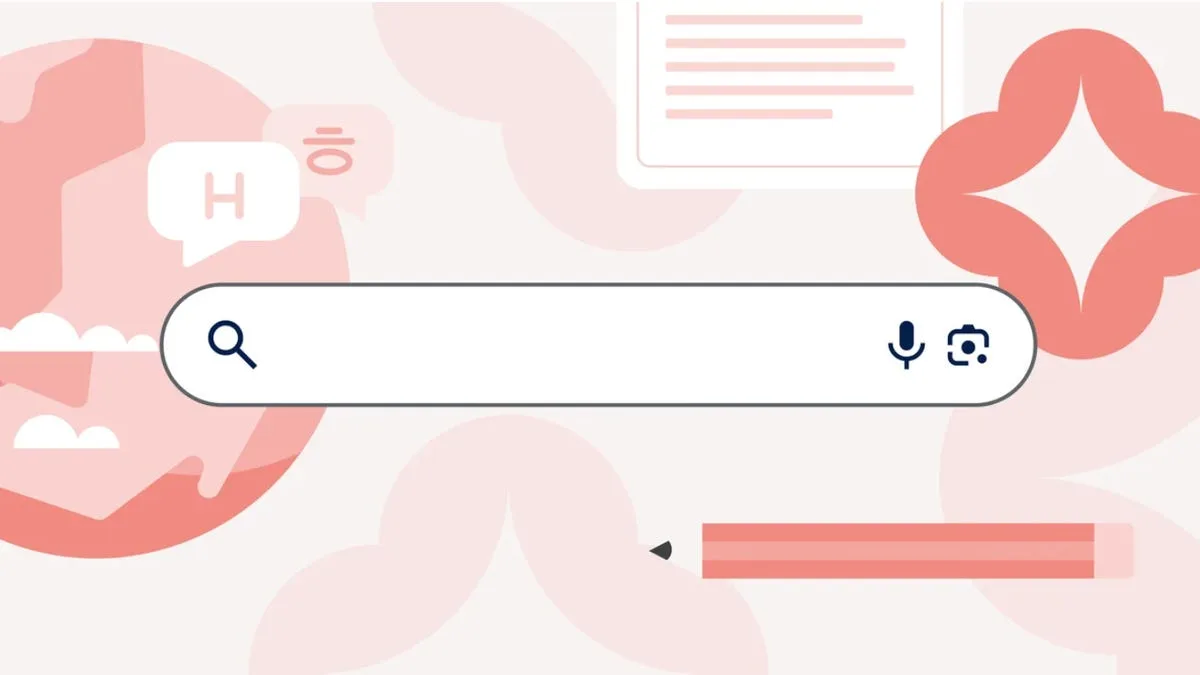Hey there! Have you ever thought about how amazing it would be to have your very own AI agent? Picture this: a personalized assistant that understands your preferences, helps you stay organized, and even learns from your habits. Sounds cool, right? With technology moving at breakneck speed, making your own AI agent is not just a pipe dream; it’s more accessible than ever.
This topic is super timely, especially with the rise of AI in everyday life. From chatbots that help you with customer service to smart home devices that control your lights, AI is everywhere. And while big companies have their fancy teams and resources, you too can tap into this innovative technology and create something unique. It’s about taking control of your tech and shaping it to fit your needs. Imagine having an AI that knows just what you want, when you want it!
Plus, whether you’re a tech whiz or just someone curious about how things work, diving into AI development can be incredibly rewarding. You’ll not only learn new skills but also unleash a world of possibilities. So, grab your laptop and let’s explore how to make your own AI agent—who knows what you might create!
Understanding AI Agents
An AI agent is a software entity that can perceive its environment, make decisions, and take actions to achieve specific goals. Imagine having a personal assistant that can learn from your preferences, manage your schedule, or even help you with research. This concept not only elevates productivity but also paves the way for innovation. By creating your own AI agent, you can tailor functionalities to match your unique needs and interests.
Choosing the Right Tools
Before diving into the creation process, it’s crucial to select the right tools. Various platforms like TensorFlow, OpenAI, and PyTorch offer robust libraries that simplify AI development. For beginners, using a user-friendly platform like Google’s Teachable Machine can provide a gentle introduction. This tool allows you to train a basic AI model without any coding experience, making it easy to grasp essential concepts.
Defining the Purpose
The first step in using your AI agent effectively is to define its purpose. Do you want it to assist with scheduling, provide customer service, or perhaps analyze data? Having a clear goal helps streamline the development process. For example, if your goal is to create a virtual customer service agent, focus on functions that handle common inquiries and tasks. Being specific about your AI’s purpose can save a lot of time and effort down the road.
Data Collection and Preparation
Data is the lifeblood of any AI project. Depending on your AI agent’s purpose, you’ll need to gather relevant data for training. This could involve scraping websites, utilizing public datasets, or even creating your own data through simulations. Remember, quality over quantity is key. Properly cleaned and labeled data can significantly improve your model’s performance. This foundational step can mean the difference between an average AI experience and an exceptional one.
Training Your AI Model
Once you have your data ready, it’s time to train your AI model. This step involves feeding your model the data and allowing it to learn patterns. Using a framework like TensorFlow, you can create neural networks that adjust based on input. Don’t be afraid to start small and iterate—training is often about trial and error. Your initial model might not be perfect, but each iteration will bring you closer to your desired outcome.
Testing and Iteration
Testing your AI agent is crucial to ensure its effectiveness. Implement various scenarios to see how your AI responds. You might find that certain questions throw it off or that it misses nuances in human interaction. This phase is all about refining the model. Use the feedback to make necessary adjustments, whether that means retraining, adjusting parameters, or adding more data. Continuous iteration will enhance your agent’s performance over time.
Deployment and Integration
After testing, it’s time to deploy your AI agent. This may involve integrating it into existing systems or creating a user-friendly interface for interaction. Depending on the functions, platforms like Slack or Discord can provide a space for your AI agent to thrive. Ensure that your agent is accessible and easy to use, enhancing user experience. The smoother the integration, the more likely users will embrace your AI creation.
Embrace Ongoing Learning
The world of AI is ever-evolving, so it’s important not to stop learning after your initial project. Join communities, participate in online courses, or follow the latest research to stay updated on advancements. Each project presents a new opportunity to grow your skills and apply innovative techniques. Your AI journey doesn’t end with one agent; it’s just the beginning of endless possibilities.
Practical Advice for Creating Your Own AI Agent
Developing your personal AI agent can feel daunting, but breaking it down into manageable steps can make the process smoother. Here are some suggestions to get you started:
1. Define Your Purpose
Before writing any code, take a moment to clarify the role of your AI agent. Will it assist you in scheduling tasks, recommend content, or process data? Knowing what you want it to accomplish will guide your development process.
2. Choose the Right Tools
There are several tools available for building AI agents, from programming languages like Python to frameworks like TensorFlow or PyTorch. Pick the ones that match your skill level and the complexity of your project. If you are a beginner, consider using user-friendly platforms like Chatbot.com or Dialogflow.
3. Gather and Prepare Data
Data is the lifeblood of any AI system. Identify the data your agent will need to function effectively. This might involve collecting user inputs, historical data, or training datasets. Ensure that your data is clean and organized, as this will directly affect the performance of your AI.
4. Start with a Basic Model
Once you have your data, begin with a simple model. This could be a rule-based system or a basic machine learning algorithm. Test it thoroughly to ensure it meets your initial requirements before moving on to more complex architectures.
5. Implement Continuous Learning
To keep your AI agent relevant and accurate, incorporate a feedback mechanism. This allows it to learn from interactions and improve over time. You can set up a way to regularly update its underlying models based on new data or user feedback.
6. Ensure User-Friendly Interaction
UI/UX plays a crucial role in how effectively your AI agent interacts with users. Design the interaction flow to be intuitive and accommodating. Consider voice recognition, text interfaces, or even visual elements to enhance accessibility.
7. Test and Iterate Regularly
AI development is an ongoing process. Regularly test your agent in real-world scenarios to gauge its performance. Take note of issues or shortcomings and refine its algorithms or data inputs as needed. Don’t be afraid to make adjustments based on user interaction and feedback.
By following these steps, you can create an AI agent that not only meets your needs but evolves and improves over time. Happy building!
Dive Deeper: Unlocking the Secrets of Your Own AI Agent
Creating your own AI agent opens up a world of exciting possibilities, but how do you take it from concept to reality? First, consider the types of AI agents that exist. According to a report from Statista, the global market for AI is projected to reach $390 billion by 2025. This growth reflects a surge in AI-powered solutions across various sectors like healthcare, finance, and customer service. By taking this initiative, you’re not just dabbling in a trendy tech; you’re stepping into an industry with immense potential for personal and professional development.
When developing your AI agent, programming skills are essential. Python, known for its simplicity and versatility, is the language of choice for many AI developers. According to a survey by Stack Overflow, Python is one of the top programming languages used by developers worldwide, thanks in part to its rich ecosystem of libraries like TensorFlow and PyTorch. These libraries simplify tasks such as machine learning and natural language processing, enabling you to create a functional AI agent without reinventing the wheel. Moreover, platforms like GitHub provide fabulous repositories of open-source projects you can study, adapt, or contribute to—perfect for a beginner or a seasoned coder.
It’s also worth noting that expert opinions stress the significance of understanding the ethical implications of AI. Dr. Fei-Fei Li, co-director of Stanford’s Human-Centered AI Institute, advocates for human-centered AI that prioritizes ethical considerations in development. This perspective is crucial as you design your own agent, compelling you to think about issues like bias in algorithms and user privacy. Engaging with community forums or attending webinars can offer valuable insights into these moral dimensions. Additionally, staying updated about regulations like the EU’s General Data Protection Regulation (GDPR) will prepare you for the compliance that comes with AI deployment.
While the technical and ethical aspects are vital, the design and functionality of your agent also merit attention. Real-world applications can include chatbots for customer service, personal assistants, or even educational tools. According to a report from Salesforce, 69% of consumers prefer interacting with chatbots for quick communication. Understanding your target audience is key. Do you want your AI to support users in making decisions or provide instant information? Mapping out user scenarios can help clarify your goals and best course of action in developing the AI.
Lastly, considering frequently asked questions is essential for both you and your users as you develop your AI agent. Common queries revolve around functionality, data privacy, and even troubleshooting. Ensure you create an accessible FAQ section that addresses these concerns, presenting information clearly and concisely. For example, you might clarify how user data is handled and stored or the steps for customizing the agent’s responses. Not only does addressing these FAQs foster user trust, but it can also save you time in the long run by preemptively answering questions you might otherwise have to field personally.
By diving into these aspects, you’re not just creating another project; you’re building a robust AI agent that meets a pressing need, all while enhancing your skill set.
Creating your own AI agent can be a transformative experience, opening doors to innovative solutions and personalized interactions. Throughout this journey, we’ve explored key aspects like identifying your goals, selecting the right tools, and fine-tuning your AI to match your unique needs. Each step is crucial—not just for building functionality but for enhancing your overall understanding of how AI can serve you.
As you delve into this exciting project, remember that experimentation and iteration are vital. No one gets it perfectly right on the first try! Embrace the learning curve, and don’t hesitate to seek out communities or resources for guidance along the way. The more you engage with others, the richer your experience will be, both in terms of knowledge and inspiration.
In summary, making your own AI agent is not just about technology; it’s about creativity, problem-solving, and self-discovery. You have the power to harness this technology to create something that truly resonates with your goals. So why not take that first step today? Dive in, share your experiences, and let us know what unique creations you come up with! Your journey could inspire others to unleash the powerful possibilities that come with their own AI agents.







